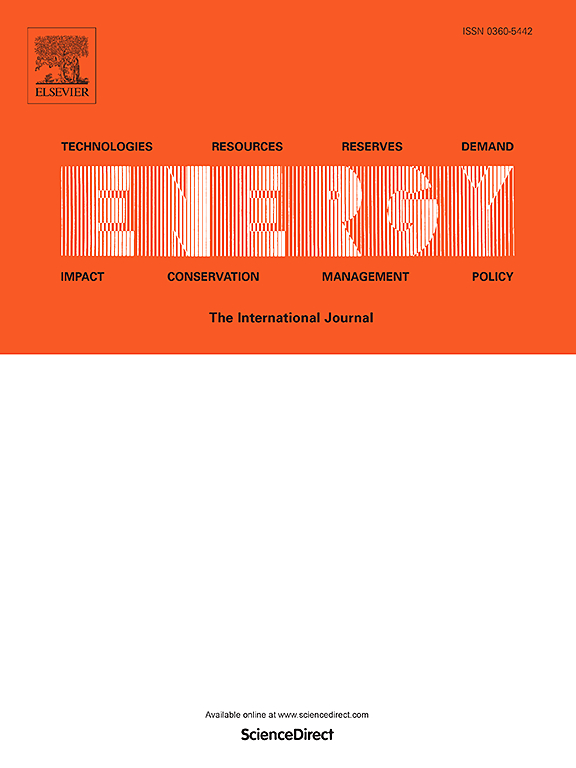Remaining useful life prediction for lithium-ion batteries in highway electromechanical equipment based on feature-encoded LSTM-CNN network
IF 9
1区 工程技术
Q1 ENERGY & FUELS
引用次数: 0
Abstract
Lithium-ion batteries are the preferred choice for primary or emergency power supply in highway electromechanical equipment at present. The safety and longevity of these systems are significantly dependent on the health of the lithium-ion batteries. Accurate remaining useful life (RUL) prediction of lithium-ion batteries is essential for the reliable and continuous operation of highway electromechanical equipment. A RUL prediction method is proposed for lithium-ion batteries based on a feature-encoded LSTM-CNN network. Initially, statistical features are extracted by fitting a Gaussian mixture distribution to the probability density curve of the incremental capacity (IC) curve. Subsequently, physical features are derived from the battery discharge cycles. Statistical and physical features are then preprocessed, integrated and used in a feature-encoded LSTM-CNN network for RUL prediction. Testing on the NASA battery dataset demonstrated that this method reduces mean absolute error (MAE), root mean square error (RMSE), and mean absolute percentage error (MAPE) by 31.0 %, 29.4 %, and 31.4 %, respectively, compared to traditional LSTM-based prediction models. The average error in RUL prediction is controlled within 1 cycle. Results validate that the proposed method has high precision and generalizability in predicting the RUL.
求助全文
约1分钟内获得全文
求助全文
来源期刊

Energy
工程技术-能源与燃料
CiteScore
15.30
自引率
14.40%
发文量
0
审稿时长
14.2 weeks
期刊介绍:
Energy is a multidisciplinary, international journal that publishes research and analysis in the field of energy engineering. Our aim is to become a leading peer-reviewed platform and a trusted source of information for energy-related topics.
The journal covers a range of areas including mechanical engineering, thermal sciences, and energy analysis. We are particularly interested in research on energy modelling, prediction, integrated energy systems, planning, and management.
Additionally, we welcome papers on energy conservation, efficiency, biomass and bioenergy, renewable energy, electricity supply and demand, energy storage, buildings, and economic and policy issues. These topics should align with our broader multidisciplinary focus.
 求助内容:
求助内容: 应助结果提醒方式:
应助结果提醒方式:


